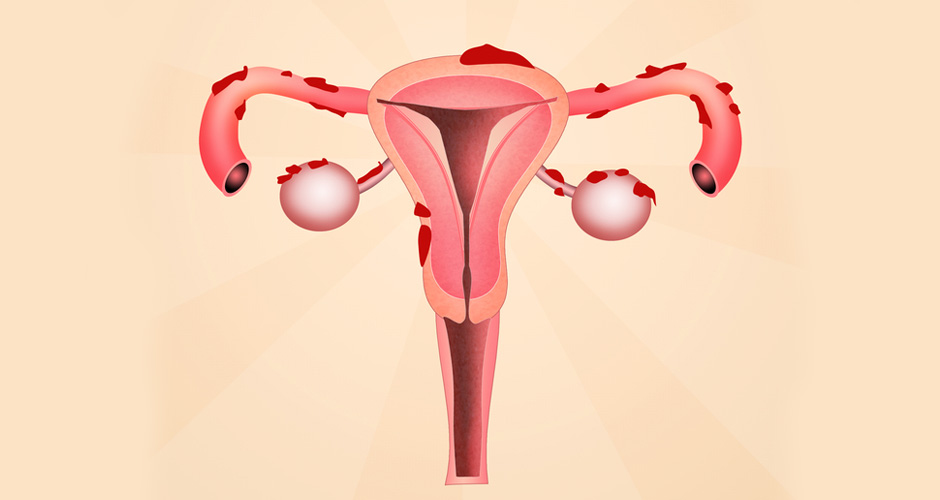Endometriosis is a multifaceted condition that progresses through stages of severity, each impacting women differently. Exploring the stages of endometriosis provides valuable insights into the symptoms, diagnosis, and management strategies associated with each stage.

Stage I: Minimal Endometriosis
In the early stages, endometriosis is often classified as minimal or mild. At this point, small lesions or implants of endometrial tissue are scattered in the pelvic region. Women with minimal endometriosis may experience mild pain, and symptoms may be subtle or absent.
Stage II: Mild Endometriosis
In the mild stage, endometriotic implants become more extensive, forming small cysts or adhesions. While symptoms may still be relatively mild, pelvic pain and discomfort during menstruation can become noticeable. Early detection and intervention are key to managing symptoms effectively.
Stage III: Moderate Endometriosis
As endometriosis progresses to the moderate stage, the lesions and adhesions become more widespread. Scar tissue may form, causing organs to adhere to each other. Women in this stage often experience increased pelvic pain, especially during menstruation, and may face challenges related to fertility.
Stage IV: Severe Endometriosis
Severe endometriosis is characterized by extensive implants, adhesions, and cysts. Organs may become significantly distorted, leading to severe pain, fertility issues, and complications such as bowel or bladder involvement. Women in this stage may require specialized care and comprehensive treatment plans.
Symptoms Across Stages
Regardless of the stage, common symptoms include pelvic pain, painful menstruation, pain during intercourse, and fertility challenges. Recognizing these symptoms and seeking medical attention early can significantly impact the management of endometriosis.
Diagnosis and Treatment
Diagnosis of endometriosis involves a combination of medical history, pelvic examinations, imaging studies, and sometimes laparoscopic surgery for confirmation. Treatment options range from pain management and hormonal therapies to surgical interventions, depending on the severity of the condition. The gold standard treatment is laparoscopic deep excision surgery.
Knowing the stages of endometriosis is crucial for women to navigate their health effectively. Early detection, accurate diagnosis, and a personalized treatment plan can empower individuals to manage symptoms, preserve fertility, and enhance their overall quality of life. If you suspect you may have endometriosis or are experiencing related symptoms, consult with a healthcare provider for timely and comprehensive care.


